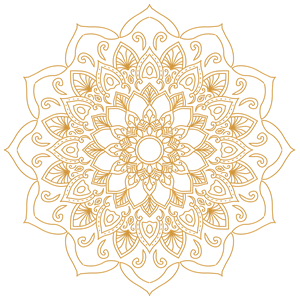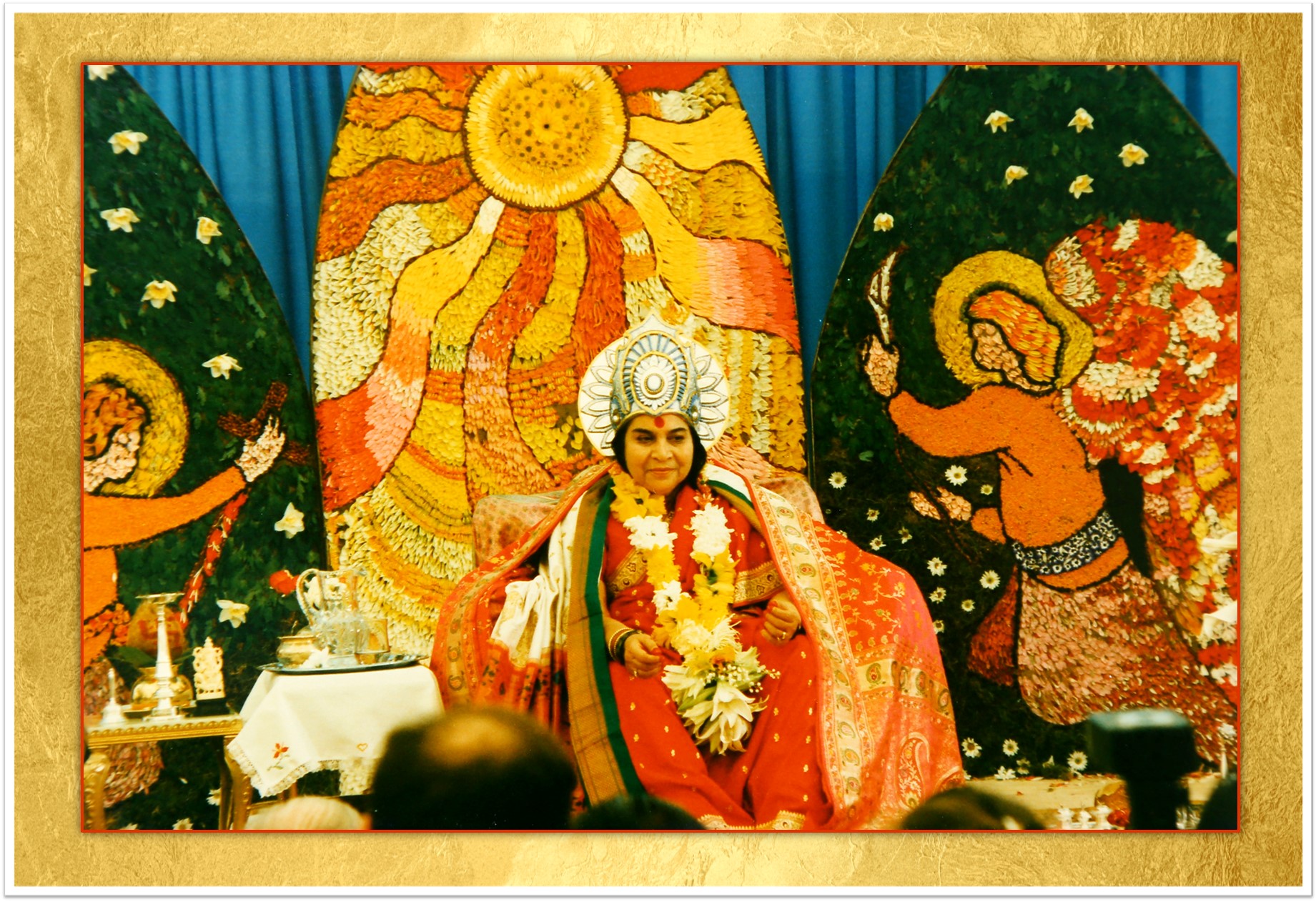“The Resurrection”
A Painting Offering for Easter 2023
“The Resurrection” Painting by Graham Brown (Sydney Australia) Prepared for Easter Puja 2023
(Download high resolution version)
Symbolism of “The Resurrection”
(Written by Graham Brown – 14th February 2023)
This Easter painting was inspired by Renaissance depictions of the Resurrection of Christ, also drawing from the art of William Blake and traditional Indian miniature paintings – a blend of East and West. H.H. Shri Mataji Nirmala Devi has identified the poet and artist, William Blake as an incarnation of Shri Bhairava, an aspect of the Hindu deity, Shri Shiva. Shri Mataji has also revealed the association between Shri Bhairava and the Archangel Michael, who is recognised in Judaism, Christianity and Islam. William Blake’s work has an angelic quality which is both innocent and powerful.
Underlying the composition of the painting is a cross formed by four circles, each symbolising one of the four elements of the physical world: earth, fire, air and water. These are represented by the stone door of the Sepulchre rolled open, the rising sun (a symbol of rebirth), blossoms blowing in a breeze, and a fountain (a symbol of Christ’s gift of eternal life). At Easter we celebrate the Resurrection of Lord Jesus, who overcame the restrictions of the cross of matter and mortality. The centre of the cross is left empty, suggesting the central presence of the invisible Spirit which transcends the tangible world. The green field of flowers represents the innocence of the Mother Earth, the foundation of life.
On the left of the image is the risen Christ, with arms outstretched, recalling the crucifixion and also indicating His role as mediator between the human figures near Him, and the realm of the Spirit. The Son invites us to behold the Holy Mother on the right side of the painting. The Virgin Mary is shown with the infant Jesus riding on a lamb (a symbol of innocence and self-sacrifice) accompanied by a friend (perhaps John the Baptist as a child), who holds a sunflower (a symbol of devotion, due to its constant turning towards the sun). This group of figures is a visual quotation from a work by William Blake depicting the infancy of Christ, chosen because it exemplified His essential innocence. Above the Mother a sapling springs from barren rock – another symbol of the Resurrection, found in Renaissance art. The flame emerging from the opening at the crown of the head on some of the figures, is a representation of the Holy Spirit, the Kundalini, giving the experience of second birth.
In the sky is Shri Surya (in Indian religions the aspect of the Divine who manifests as the Sun) whose light pervades the world impartially. Christ is very much connected with the Sun, and also with the Hindu deity Shri Mahavishnu, whose attributes include a discus and conch shell, associated with solar and lunar powers, the right and left channels in the subtle body, unified in the central channel of spiritual evolution. Clouds, symbolising the obscuring thoughts of the mind, roll away to reveal the radiant Eternal Self, which is experienced in thoughtless awareness, after Realisation.
More paintings by Graham Brown

“Now, today we are here to celebrate the resurrection of Christ.”

“Now, today we are here to celebrate the resurrection of Christ. Resurrection of Christ has the greatest significance for all the Sahaj Yogis. And we have to understand that He resurrected Himself so that we could resurrect ourselves,” Shri Mataji – Easter Puja 1988, Shudy Camps (England)


